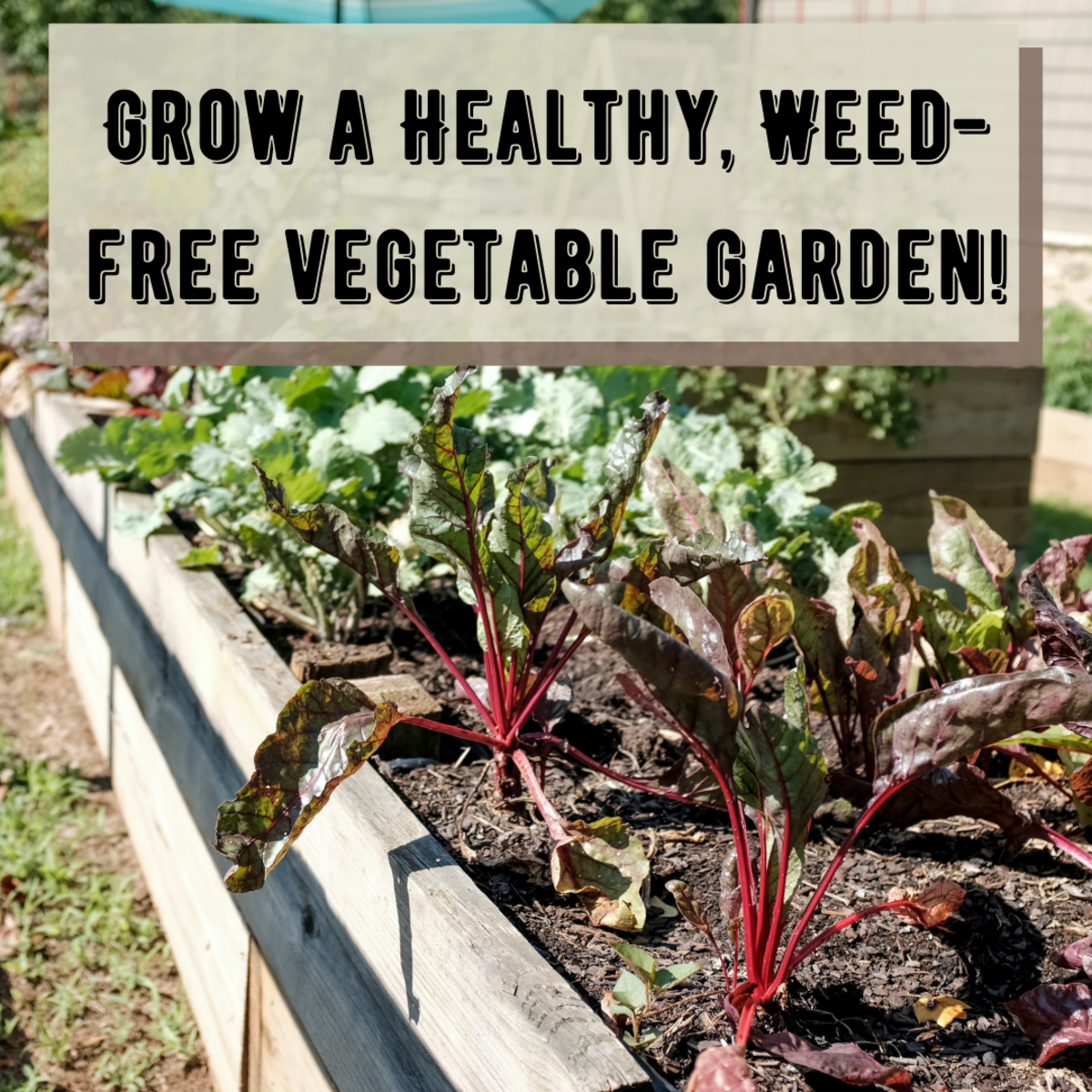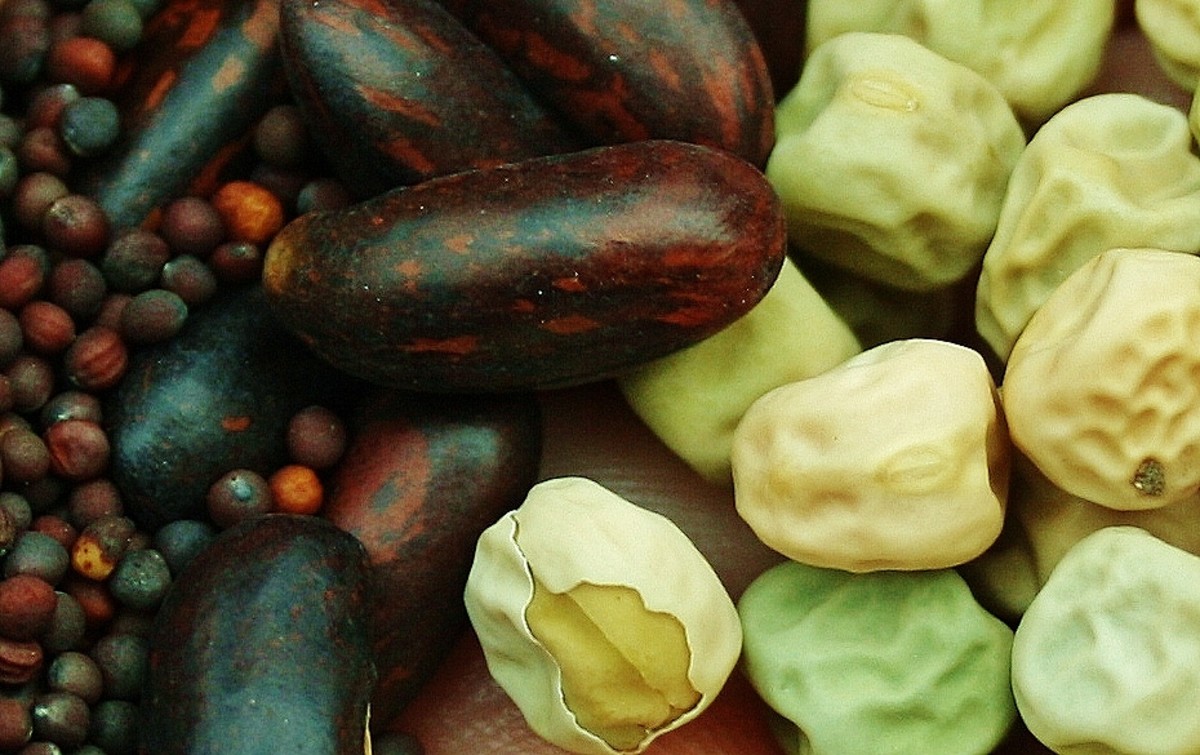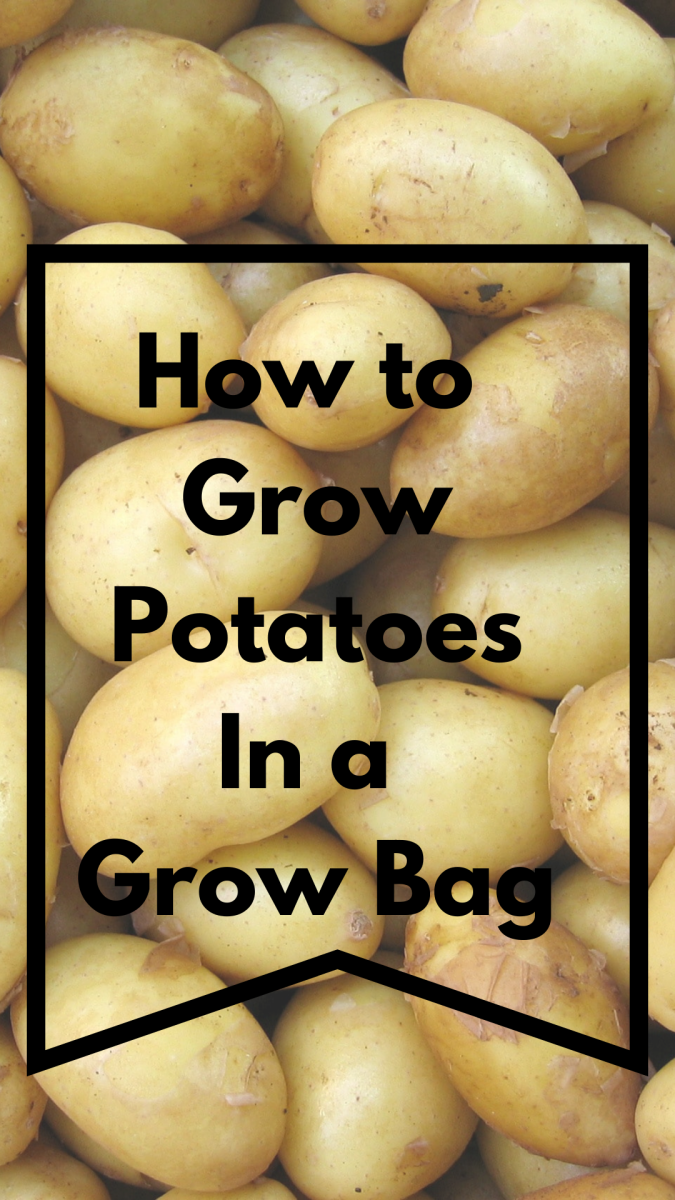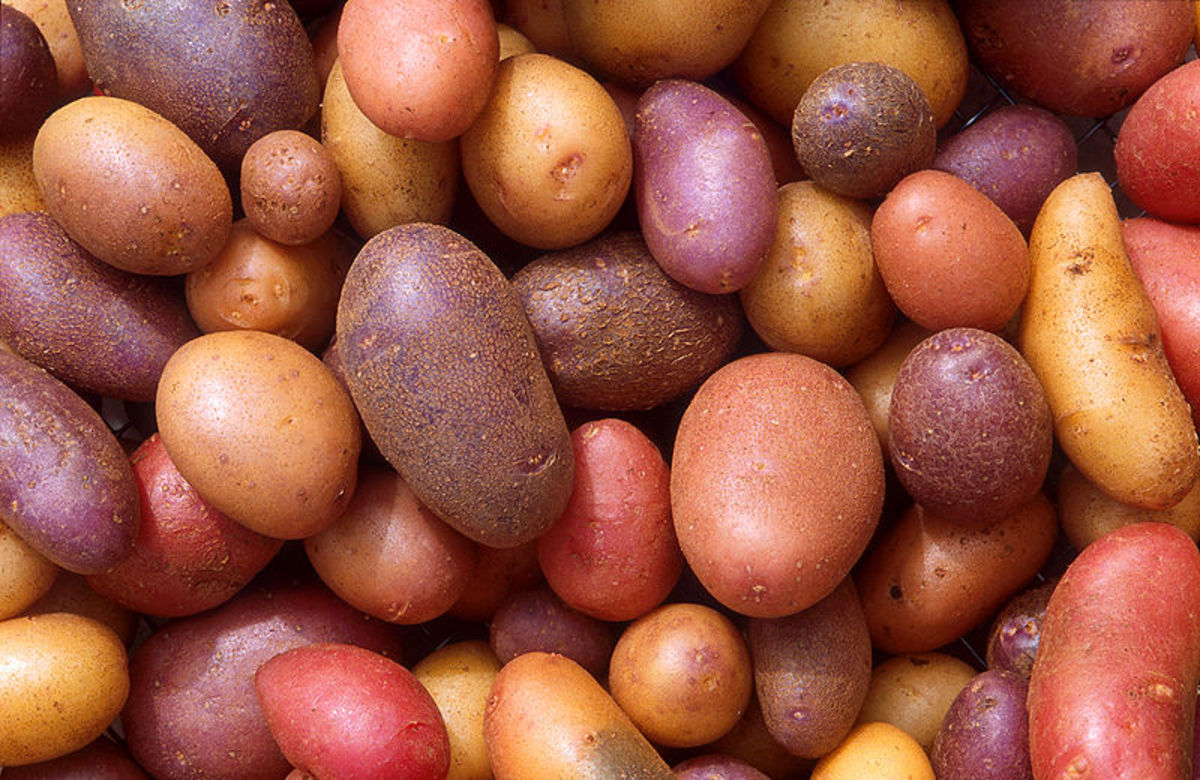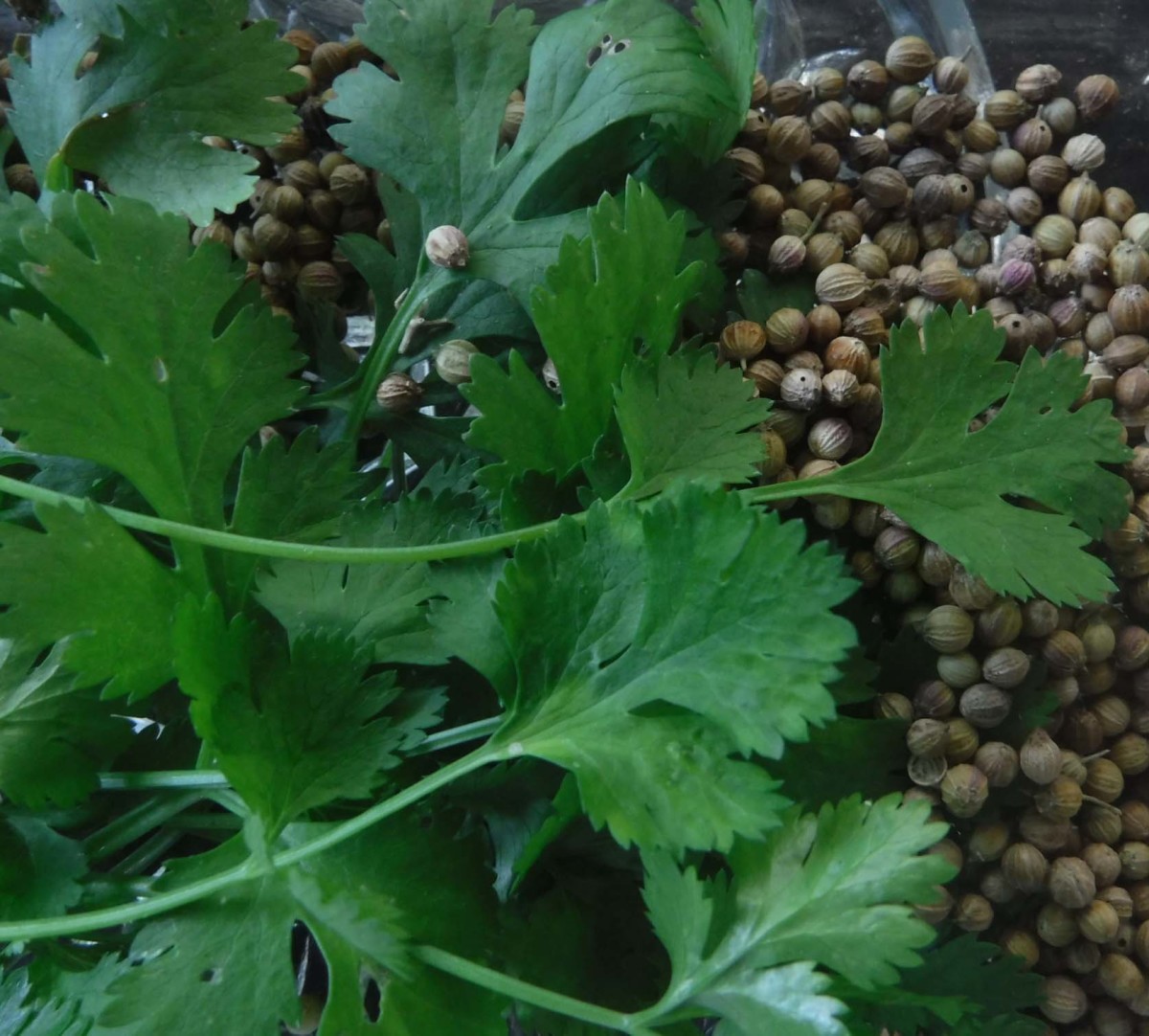Four Essentials of a Successful Vegetable Garden
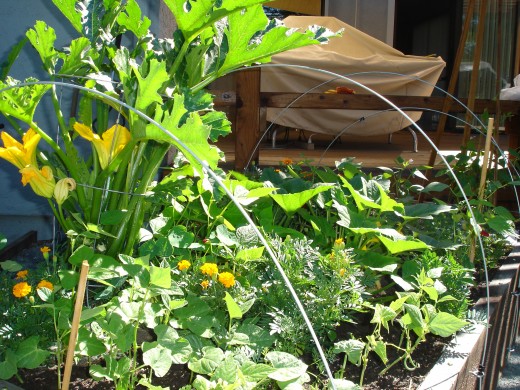
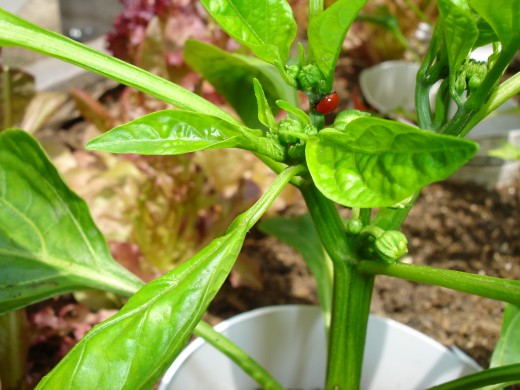
Digging in the soil, planting, nurturing, marveling at the miracle of life are instinctive urges in many humans and often inspire them to garden, drawn by the magic of growing things and the joy of creative expression. Gardeners know the ability to feed your body and soul is basic to a happy, healthy existence. Instincts, however, don't necessarily translate into innate skill sets.
People often tell me they have a "brown thumb" and kill every plant they try to raise, or that they couldn't grow cactus in Arizona and even plastic flowers wilt under their care. This may be true, but it is not due to any curse, inbred gene, or missing brain hemisphere. There are simply four essential elements necessary for success in vegetable growing and if your garden lacks any one of them your chances for actually producing something edible vanish quicker than carrots in a rabbit warren.
What are these essentials?
- SITE
- SUN
- SOIL and
- SELF (meaning you)
Master the essentials and you will become a vegetable gardener.
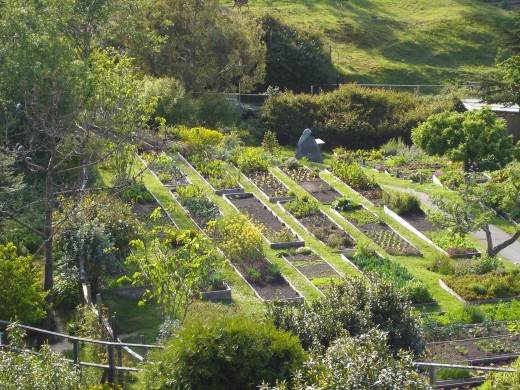
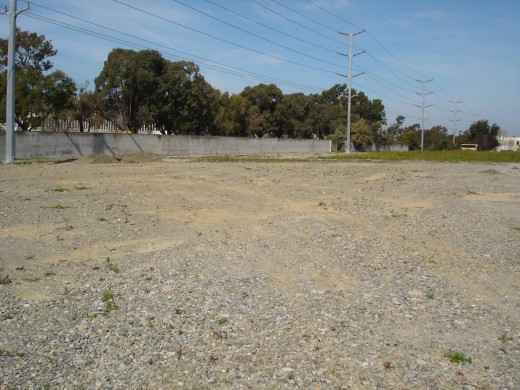
SITE
Every true gardener has a vision in his or her mind of their dream garden. It is a perfect place, usually full of lush foliage and bountiful crops. Weed free in a lovely setting, with rich, loamy soil. Preferably a site enjoyed from a window in your home. Pleasing to the eye and nourishing to the soul.
Then there is reality: the imperfect site. You probably have one of your own. Don't despair - no potential garden site is ever perfect. Even the Garden of Eden had its snakes! It takes the vision and determination of a gardener to make a mere site into a garden. Of course, the more challenging the site, the more time, effort, and expense will be involved in the transformation. So please consider the following when selecting your garden site.
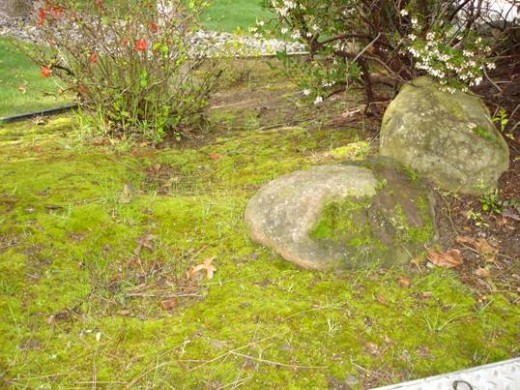
Resources
- Benefits of Raised Bed Vegetable Gardening
I am a raised bed gardener out of necessity, not choice. But my site has so many deficiencies that any any effort to grow abundant, healthy vegetables requires perfect soil conditions... - Garden drainage problems
Solutions for various drainage problems - How To Design a Garden Drainage System
Design a drainage system to drain rain water away from your garden. How to build French drain and drywell. Installation of plastic pipe + drain tile.
Forms of Windbreaks
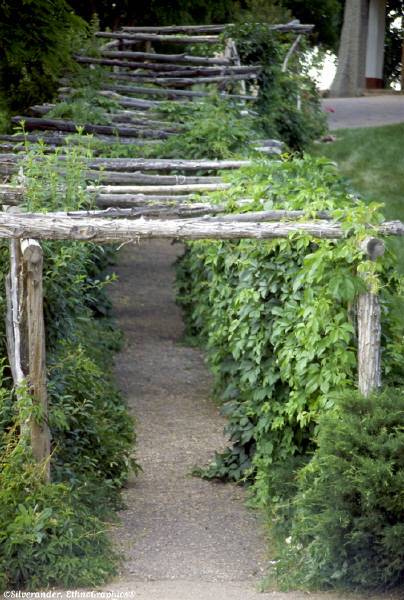
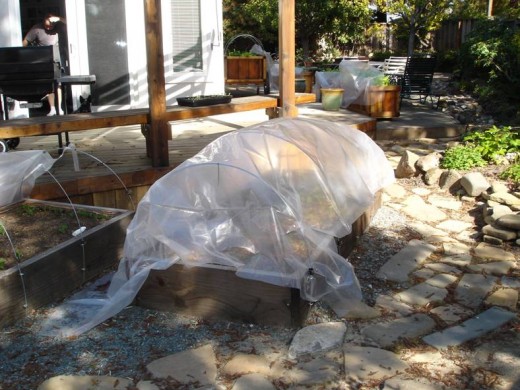
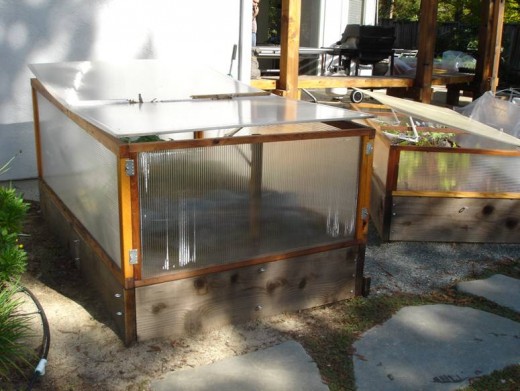
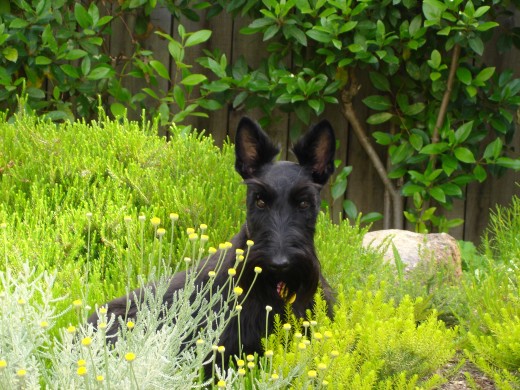
- Timberleaf Soil Testing
A soil test lab that conducts its business via the mail.
Drainage
First, does it drain well? Crops, unless you are growing rice, don’t like their feet standing in a puddle. Also, wet soil is difficult to work, slow to warm in the spring, and slow to release its nutrients to plants. Observe your site after wet weather. Is there standing water? How long does it take to drain away? Heavy moss growth is another sign that the soil drains poorly. Is your potential site at the bottom of a natural swale? It may drain quickly but does it collect runoff from surrounding slopes. Seeds and plants growing there could get washed out.
If you do have drainage problems there are two things you can do. One solution is to install a drainage system, but that can involve a lot of hard work and expense and you must make sure the slope is correct to drain off the water. The second thing you can do is put in raised beds, which I think is the better solution for various reasons. See the Resources box to the right for links to explore both options.
Wind
Second, does the site get a lot of wind? Plants don’t like strong wind. It can increase transpiration to the point that plants close their stomata to conserve moisture, which in turn stops growth. This is why plants in windy areas, like along the coast, are often stunted. Strong wind also dries the soil by increasing evaporation, lowers air temperature, erodes soil, and physically damages the plants. If you are growing in a windy area it can decrease crop yields by half.
The solution is a windbreak. A windbreak will block the wind for a distance of about four times its height, so if you have a four-foot wall it can provide shelter 16 feet out. But windbreaks must be 50% permeable and slow, rather than deflect, the wind otherwise they can direct wind over the top and cause increased turbulence on the other side. Hedges; tall, sturdy crops like corn or sunflowers; and berry bushes trained on a trellis make good windbreaks. The traditional garden wall is also a possibility, but you must make certain a wall does not block the sun.
My site is so windy in spring and fall that I resort to growing in cold frames, mini-greenhouses, and tunnels. Crop yields are affected, but that is the price of an imperfect site.
Traffic
Third, can you keep your garden out of harm’s way? Gardens should be located away from high traffic areas such as your children's play area. If deer and other critters, including the family dog, are a problem, consider a site that can be fenced. To have a gopher-proof garden, staple two sheets of chicken wire beneath the wooden supports of a raised bed.
Pollution
Pollution is a potential in urban neighborhoods where corner businesses such as garages and dry cleaners were once the norm. Soil around old buildings can contain lead leached from paint. Soils near roadways may contain various dangerous pollutants, and petroleum hydrocarbon pollution is common in suburban backyards where home mechanics dumped used motor oil. Pesticides and herbicides are prevalent in all areas. If you are unsure about the previous use of your potential site I recommend that you get your soil professionally tested, especially if you are removing a lawn to install your vegetable garden. Our former neighbor was an avid fan of Chem Lawn, which made weekly visits to spray what looked like green paint and chemicals. The lawn was beautiful, but at what cost to the underlying soil? The link at right directs you to a professional soil testing company. They will mail you a sample kit with instructions for use. You mail them the samples and they will test them and send back a detailed report on soil fertility, micro-life, and existence of heavy metals and other chemical pollutants.
Water Access
Be sure your potential site is near a water source, preferably a garden hose. Nothing is more tiresome than hauling water to the melon patch on a hot day. Water should be plentiful, clean, cool, and easily directed.

Resources
- Sunlight Measuring Tool
This Sunlight Measuring Tool is a great way to determine how much light each area of your garden receives. - Sunlight measuring device - Patent 7271887
A sunlight measuring device that quantifies the accumulation of light at a particular site. - SunCalc - Sunlight Calculator - Gifts - Gardening Supplies - Burpee
NEW Revolutionary digital sunlight measuring device helps maximize your plant's growing potential.
SUN
The sun, of course, is an element of your site but it is so important to vegetable growing suceess that it merits its own category. At a minimum you need 6 to 8 hours of direct sunlight per day. Direct sunlight is defined as sunlight on leaves. Without that you will not have a successful vegetable garden, unless you want to grow mushrooms. There are a few vegetables that can get by on as little as four hours of sunlight per day - lettuce and spinach most notably. But the popular long-season crops (corn, tomatoes, melons, green beans) only thrive in 12 to 14 hours per day of full sunlight.
You can determine how much light your site receives by observing it in the spring. Use a stick to mark the edge of the area where the sunlight first strikes it and record the time. Come back in an hour and mark the spot where the light has progressed and record the time. Do this every hour, pulling up the stick and recording the time once an area is no longer in sunlight. Using this method you can determine how long the site is in direct sunlight. Some areas will get more light than others, so keep careful notes. But if the total accumulation of direct sunlight is not six hours, you need to choose another site or make accommodations.
There are also gizmos on the market that are supposed to measure sunlight at a given site. I don't know if they realy work, but you can check them out in the Resources link.
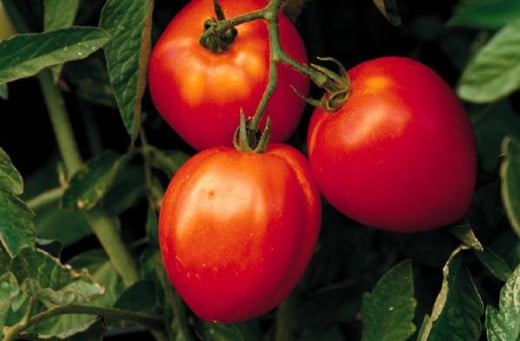
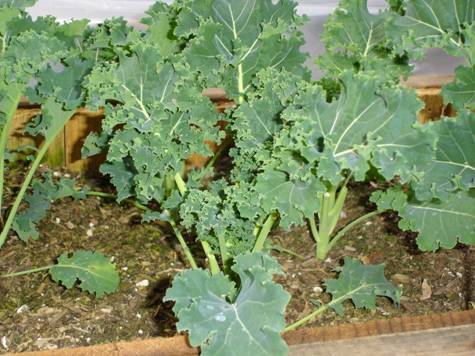
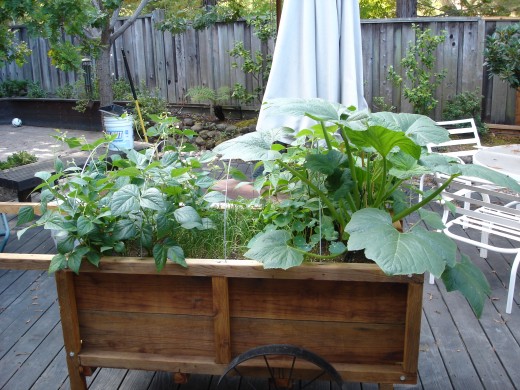
Unlike the other site considerations we have discussed, you cannot control the sun. There are, however, some tricks you can use to take advantage of what sunlight you have.
- Tree trimming - Sometimes all you need to do is thin some branches. In many cases this makes the tree healthier and more symmetrical - and it allows more sunlight on your garden!
- Crop selection - Try growing crops that will tolerate less light. Lettuce, spinach, peas, carrots, and kale are some examples. I grow an abundance of lettuce through the winter on about four hours of light per day. Or you can try growing smaller varieties of the garden favorites. Big beefsteak tomatoes will only grow well if they receive 12 to 14 hours of direct sunlight per day. Don't even consider melons unless you can give them 14 hours of light and heat. But the smaller cherry and grape tomato varieties will do quite well on 8 hours, as will the smaller squash and cucumber cultivars.
- Movable garden - My yard is surrounded by redwood trees, which seriously limits my sunlight. I have trimmed them back as much as I dare, but came up with the idea of movable garden beds to take advantage of the light I have. I move several times a day to keep them in the sun.
- Mini gardens - Try growing a mini garden where ever sun is available. You might fit one tomato plant in with your annuals, or grow a herb garden in a ornamental border. Most vegetables don't need to be grown in rows so use your imagination and fit them in where you can.
- Crop swap - I do manage to grow cucumbers and tomatoes, but not as many as I would like. But I have success in growing lettuce almost year round. So I swap crops with my neighbor who has enough sun to grow artichokes and giant tomatoes. He gets lettuce, I get tomatoes and we both eat salad!

SOIL
Soil is the life-blood of the garden; the womb, the nursery, the growing grounds, and the final resting place of your crops. It is the essential element we can see, smell, and touch; our firmest connection to earth and our greatest responsibility to protect, sustain, and nurture. It is home to the "micro herd", those all-important soil organisms that transform organic matter into the nutrients that feed our plants. Without healthy, living, fertile soil you will not have a successful vegetable garden.
Learn this lesson, or be prepared for failure and frustration: PREPARE YOUR SOIL WELL.

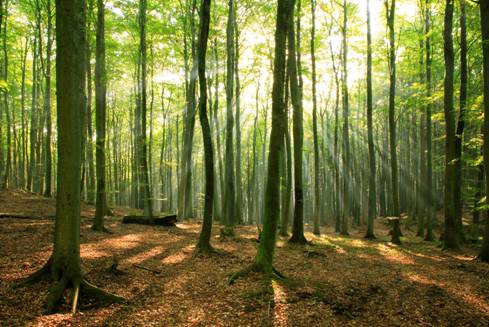
Resources
- Improving Your Garden Soil
Perhaps the most important factor of a successful vegetable garden is having well prepared soil. Thats why the mantra of the organic gardener is "feed the soil, not the plant".

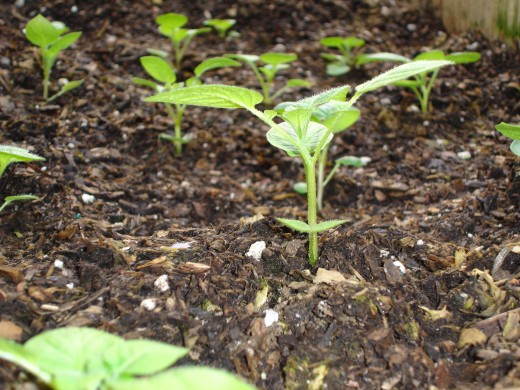
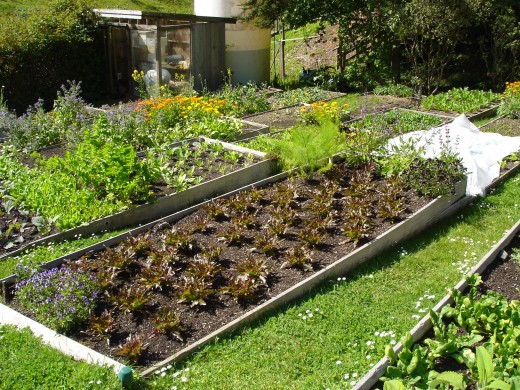
Lessons Learned
My first raised-bed vegetable garden was started with high enthusiasm, no experience, and two "yards" of a growing medium the local supplier euphemistically termed "planter's mix". The name was a clever marketing ploy. I envisioned a rich, fertile, humus-filled soil that would instantly burst forth with flourishing plants and stunning vegetable harvests. We would soon be living off the land!
Into this growing medium I set my meticulously selected seedlings and hovered over them incessantly, watching carefully for any bit of growth. But as spring splashed its way into luxuriant summer something seemed wrong. My plants struggled to establish roots; were undersized, stunted and deformed; wilted easily; developed scorched and shriveled leaves; and either produced dwarfed fruits or none at all.
I turned to reference books to explain my failure and soon determined that my plants were suffering from a nutritional deficiency. I fought back with a sprayer and several gallons of Miracle Gro™, which I doused liberally over the entire garden. My veggies rewarded me by perking up considerably for several days, but as quickly returned to drooping stems, dropped blossoms, and poor growth. Repeated applications of Miracle Gro™ was my ongoing solution, which says something about my learning curve!
By mid-July, after more study, I purchased a soil test kit and took multiple samples from the beds. The results indicated my "planter's mix" was as dead as the flavor of a store-bought tomato. It did not contain a trace of the "macro" elements (nitrogen, phosphorus, and potassium) necessary for plant development and growth, and almost none of the "micro" elements (such as boron, calcium, magnesium, molybdenum) responsible for other plant functions. Even worse, there was no organic matter and none of the micro-organism life that is so essential for soil fertility.
With foolish determination I hand-shoveled the "planter's mix" out of the beds and hauled it by wheel barrow to dump outside the fence. I then refilled the beds with bagged potting soil and amendments purchased at the builder's supply.
This was an expensive lesson. I lost the growing season, wasted much labor, and also spent a lot of money importing "store bought" soil. I should have started out with the best soil I could obtain or spent the first year improving the soil I had. At the least I could have implemented an improvement plan for the "planter's mix" and started by turning under the sad remnants of my "crops". Their deformed, malnourished, stunted leaves, stems, and roots would have found new life as decomposed organic matter, and taken the first step toward healthy, living soil. Instead, I threw the residue in the trash.
Moral: The most important factor of a successful vegetable garden is having well
prepared soil. If you have not done the work of preparation, then don't bother planting because you will be disappointed. Concentrate on “growing your soil” and you will be rewarded with a rich,
nutritious growing medium that produces bountiful, healthy crops. The secondary beauty of well prepared soil is that it will help mitigate the effects of other imperfections at your site.
Feed the soil and your crops will feed themselves.
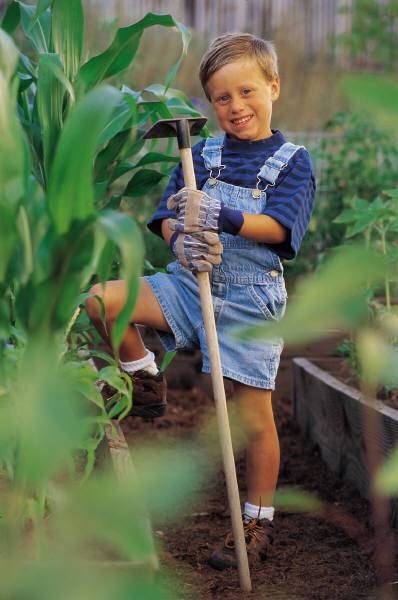

Resources
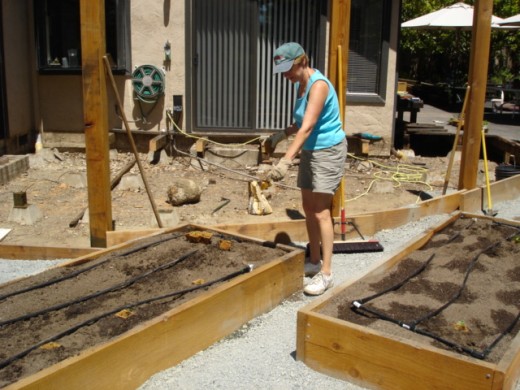
SELF
The final essential element is you the gardener. Before you get started consider the following:
Your time and energy
Gardening is fun and rewarding, but it does entail time and energy. Preparing the beds, especially if you are double digging, is hard work. Planting and weeding can be tedious and the stooping involved is hard on the back. And even after crops are in, they need a certain level of time and maintenance to ensure they continue to thrive. Don’t let new enthusiasm and pictures of beautiful vegetables in the seed catalogs carry you away. Be realistic about how much energy you really have to invest.
If you are a beginner, start small – no more than 100 square feet. It is better to cultivate a small garden well than a large garden poorly! A good rule of thumb is to expect to spend 2 hours per week in the garden for every 100 square feet. The amount of time spent on a garden also depends on the type you install. A bio-intensive garden takes more time than a traditional row garden, but you are rewarded for your time with a far larger harvest. A great compromise is to start out planting only one section of your site while you concentrate on improving the soil in the remaining sections.
Skill and experience
First time gardeners usually make a lot of mistakes. I should know; I made them all! You will make them too. But try to avoid big, expensive mistakes that result in the failure of an entire crop or the loss of a growing season. You don't want to become so discouraged that you give up before you are hooked on the joy of growing your own food. Avoid heartbreak! Read at least one rudimentary gardening book. I have read many and the two I recommend are Frank Tozer's The Organic Gardener's Handbook and The Vegetable Grower's Handbook. These are comprehensive, easy to understand, well detailed, and fun reading.
Ask for help from a more experienced friend or neighbor, and start with the easier crops. Asparagus, eggplant, celery, and corn are among the more ornery and temperamental crops to grow. Build your skills and confidence growing the easier crops your first year. These include tomatoes, summer squash, kale, and green beans. Learn the capabilities of your site and what it will sustain. Concentrate on improving your soil. As your skills and knowledge build you can expand your acreage and your vegetable repertoire.
Costs
As the saying goes, it takes gold to mine silver. Unless you live in some kind of growing paradise, you will need to spend some money upfront to install a vegetable garden. Typically, the less hard cash you want to spend, the more “sweat equity” you will have to put into your garden. For example, you can improve your soil by double-digging, adding organic matter, and composting; or you can buy potting soil and amendments. Raised beds can be built from whatever materials you have at hand or can salvage, but pleasing aesthetics and uniformity typically requires money. Determine your goals. Are you simply enjoying a hobby, or do you want to seriously decrease your food bill. Realize that bigger ambitions will come with a larger price tag.
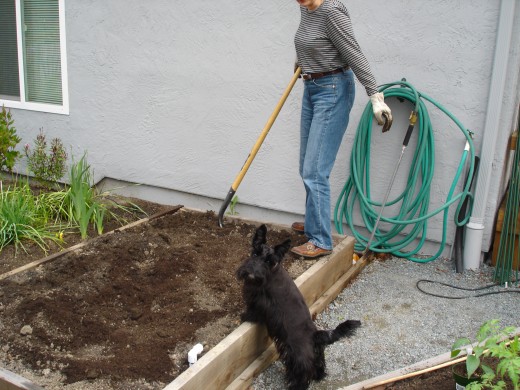
Go For It!
No garden, and no gardener, is mistake free. In fact, if you are not making some mistakes it probably means you are not experimenting, exploring, or leaning! Mistakes are a good opportunity to expand your gardening craft because they teach you, to paraphrase Thomas Edison, what doesn’t work. And sometimes they set you on paths of discovery that lead you to new skills and knowledge. Master these four essentials and your journey as a gardener will be a happier experience!
See you in the garden!
Related Hubs
- Fertilize Your Organic Vegetable Garden
The mantra of the organic gardener is "feed the soil, not the plant". If you ensure a nutrient-rich growing medium, teeming with microbiotic life, then your plants will generally feed themselves. - Organic Gardening - Rotor Tilling
Gardeners argue with each other whether one should ever rototill a garden plot. The purists wont let a tiller anywhere near their soil because they say it destroys the soil structure through... - Improving Your Garden Soil
Perhaps the most important factor of a successful vegetable garden is having well prepared soil. Thats why the mantra of the organic gardener is feed the soil, not the plant.


